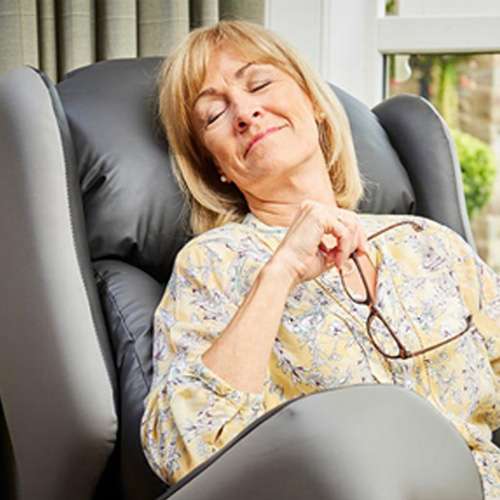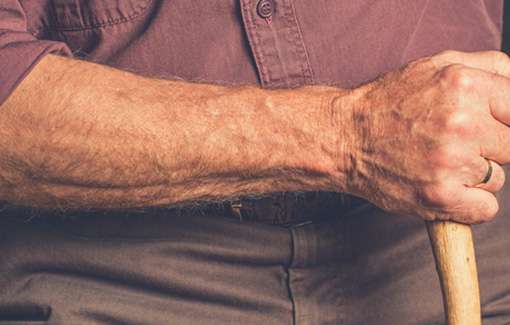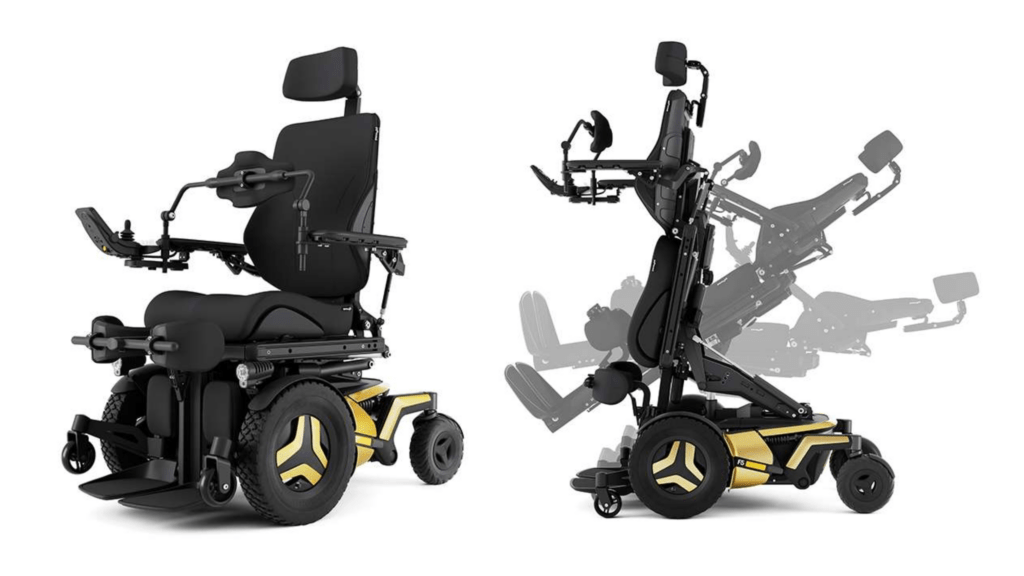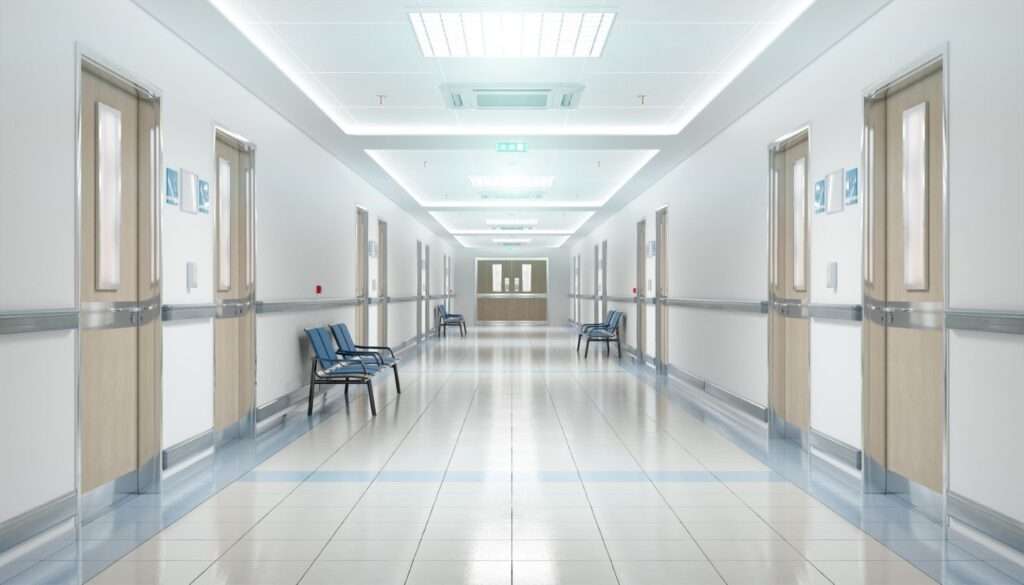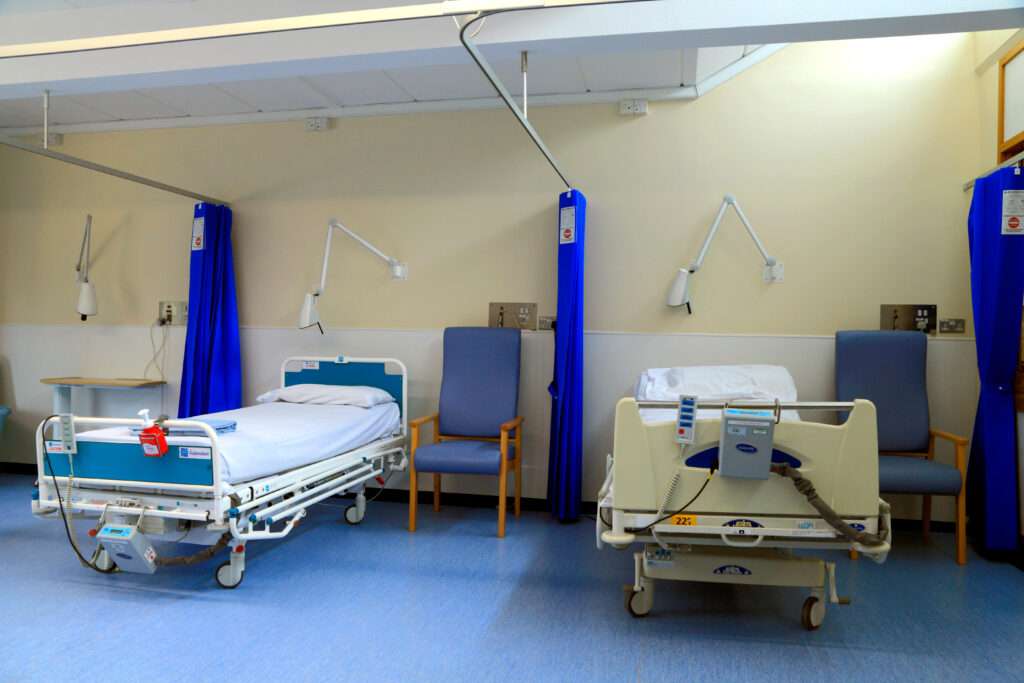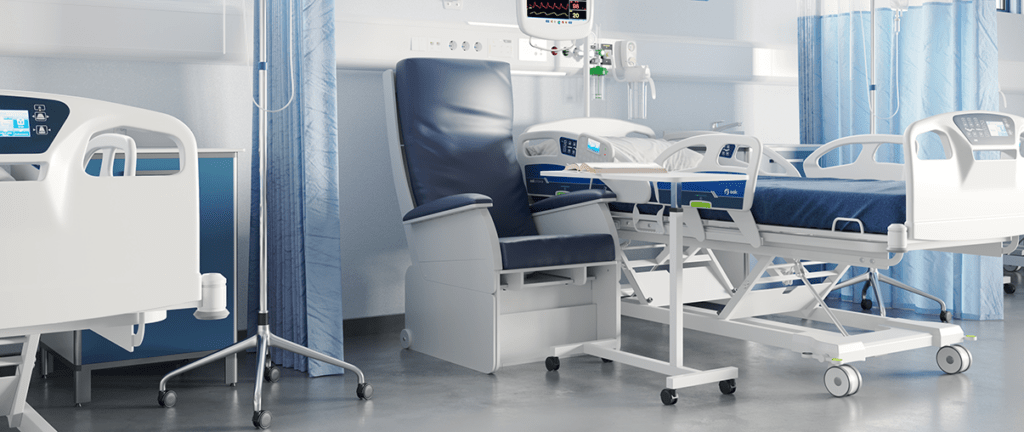Specifying seating for spina bifida can be a bit trickier because it’s a condition that presents in so many ways. Spina bifida is very much an umbrella term that covers varying physical needs that can be addressed with specialist seating.
So here’s a quick guide that will help you choose the right chair for a client with Spina Bifida.
Jump straight to…
What is spina bifida?
Translating from Latin to ‘split spine’, spina bifida is a condition caused during pregnancy. The baby’s spine doesn’t form properly and there is a gap in the spinal cord and even the vertebrae which can affect their central nervous system.
Spina bifida is actually caused by a lack of folic acid during the first part of your pregnancy. You can find out more about different types of spina bifida on the Shine Charity website.
Adjustable seating for spina bifida
Because of the varying nature of spina bifida and how severely it may affect one person to the next, specifying seating for it is a bit more complex than other conditions. One key thing that you need to make sure of is that the chair you choose is adjustable.
Whether it’s a care chair or a rise and recline for someone with spina bifida, having adjustable seating dimensions is crucial to giving someone the best quality of life. People with spina bifida tend to be more prone to curvature of the spine — this could even go as far as postural conditions like scoliosis, kyphosis, and lordosis.
Since spina bifida presents in so many ways, you might need flexible seat height, depth, or width to suit your client’s needs. For this, the Lento is the ideal care chair.
In terms of riser recliner chairs, a made-to-measure model would be the best option because you can truly make the chair bespoke to the client.

Spina bifida is a fault in the development of a baby’s spine that can lead to all kinds of physical disabilities.
Find a chair that matches the client’s stature
With spina bifida varying so much, you need to specify seating on a case-by-case basis. One thing that might be affected by the person’s condition is their stature.
With spina bifida, it’s not uncommon for the person’s legs to be shorter. So they may need a smaller seat height or seat depth.
Similarly, if the client has shorter arms, then you might need to consider increasing the armrest height.
Another thing you may find is that clients with spina bifida could sometimes have an enlarged head. You might, therefore, need to include a head support option to keep your client comfy when seated for long periods of time.
If you can choose a chair that has sections that will match the person’s needs as closely as possible, then they will be comfortable and supported for longer.
Protecting posture with spina bifida chairs
With curvature being quite prevalent in clients with spina bifida, taking measures to protect their posture is key.
In any care chair or riser recliner, you may well find that tilt-in-space is a good feature for your client. This will allow them to be tilted back and will promote a better midline spine position.
You could also include extra things like lateral support cushions to give support for clients who have more C-shaped curvature or slumping.
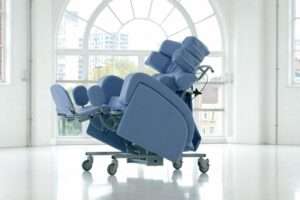
The Duo care chair is also a good option for clients who require a lot of positioning support.
More specialist features
For clients who need more support, you may need to include more bespoke features in the chair to meet their needs. Any good specialist seating supplier should be able to help you with this.
If your client has more severe spina bifida, then they may need a moulded backrest and seat.
You should also consider whether or not any belts will be needed to help keep your client comfortably seated in their chair. If the client will spend most of their time sitting down, then you should also think about having some form of pressure relief included in the seat.
Having a breathable fabric will also make the chair more comfortable for the client, although do bear in mind you may need to choose a wipeable waterproof fabric.
Summary
With spina bifida presenting in so many different ways, you can only specify seating on an individual basis. The most crucial thing to bear in mind is how the client presents and work from that to find the right chair to suit their needs.





